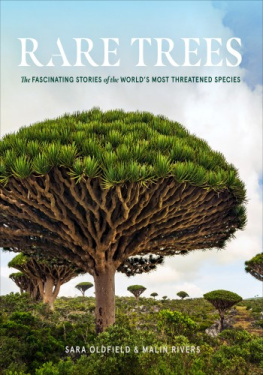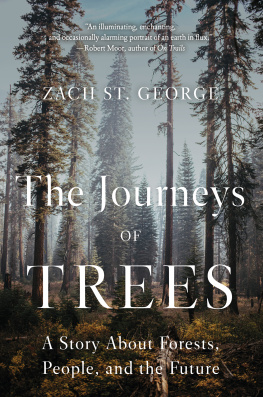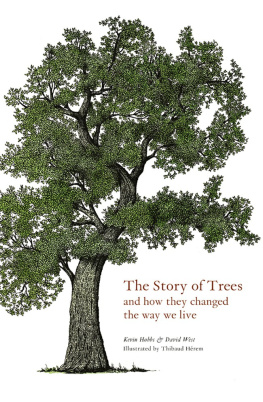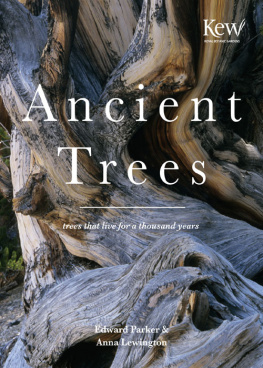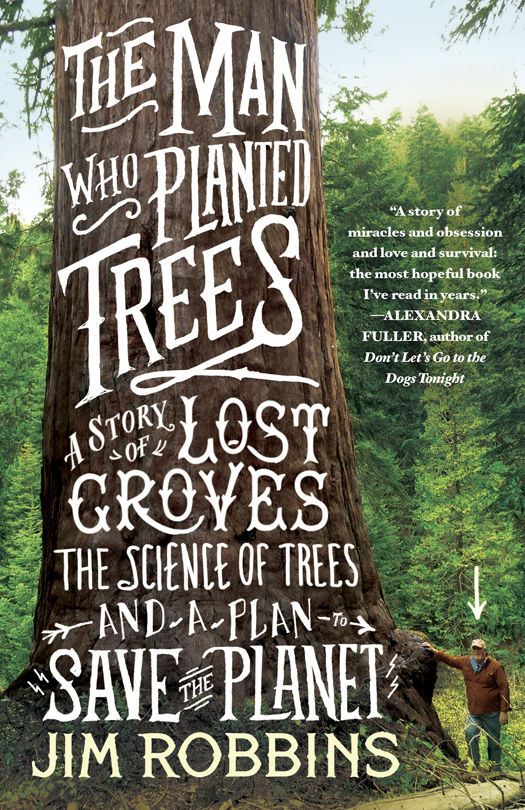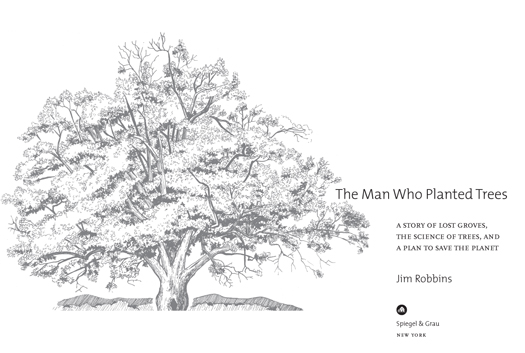Jim Robbins - The Man Who Planted Trees: A Story of Lost Groves, the Science of Trees, and a Plan to Save the Planet
Here you can read online Jim Robbins - The Man Who Planted Trees: A Story of Lost Groves, the Science of Trees, and a Plan to Save the Planet full text of the book (entire story) in english for free. Download pdf and epub, get meaning, cover and reviews about this ebook. year: 2012, publisher: Spiegel & Grau, genre: Detective and thriller. Description of the work, (preface) as well as reviews are available. Best literature library LitArk.com created for fans of good reading and offers a wide selection of genres:
Romance novel
Science fiction
Adventure
Detective
Science
History
Home and family
Prose
Art
Politics
Computer
Non-fiction
Religion
Business
Children
Humor
Choose a favorite category and find really read worthwhile books. Enjoy immersion in the world of imagination, feel the emotions of the characters or learn something new for yourself, make an fascinating discovery.

- Book:The Man Who Planted Trees: A Story of Lost Groves, the Science of Trees, and a Plan to Save the Planet
- Author:
- Publisher:Spiegel & Grau
- Genre:
- Year:2012
- Rating:4 / 5
- Favourites:Add to favourites
- Your mark:
The Man Who Planted Trees: A Story of Lost Groves, the Science of Trees, and a Plan to Save the Planet: summary, description and annotation
We offer to read an annotation, description, summary or preface (depends on what the author of the book "The Man Who Planted Trees: A Story of Lost Groves, the Science of Trees, and a Plan to Save the Planet" wrote himself). If you haven't found the necessary information about the book — write in the comments, we will try to find it.
When is the best time to plant a tree? Twenty years ago. The second best time? Today.Chinese proverb
Twenty years ago, David Milarch, a northern Michigan nurseryman with a penchant for hard living, had a vision: angels came to tell him that the earth was in trouble. Its trees were dying, and without them, human life was in jeopardy. The solution, they told him, was to clone the champion trees of the worldthe largest, the hardiest, the ones that had survived millennia and were most resilient to climate changeand create a kind of Noahs ark of tree genetics. Without knowing if the message had any basis in science, or why hed been chosen for this task, Milarch began his mission of cloning the worlds great trees. Many scientists and tree experts told him it couldnt be done, but, twenty years later, his team has successfully cloned some of the worlds oldest treesamong them giant redwoods and sequoias. They have also grown seedlings from the oldest tree in the world, the bristlecone pine Methuselah.
When New York Times journalist Jim Robbins came upon Milarchs story, he was fascinated but had his doubts. Yet over several years, listening to Milarch and talking to scientists, he came to realize that there is so much we do not yet know about trees: how they die, how they communicate, the myriad crucial ways they filter water and air and otherwise support life on Earth. It became clear that as the planet changes, trees and forest are essential to assuring its survival.
Praise for The Man Who Planted Trees
This is a story of miracles and obsession and love and survival. Told with Jim Robbinss signature clarity and eye for telling detail, The Man Who Planted Trees is also the most hopeful book Ive read in years. I kept thinking of the end of Saint Franciss wonderful prayer, And may God bless you with enough foolishness to believe that you can make a difference in the world, so that you can do what others claim cannot be done. Alexandra Fuller, author of Dont Lets Go to the Dogs Tonight
Absorbing, eloquent, and loving . . . While Robbinss tone is urgent, it doesnt compromise his crystal-clear science. . . . Even the smallest details here are fascinating.Dominique Browning, The New York Times Book Review
The great poet W. S. Merwin once wrote, On the last day of the world I would want to plant a tree. Its good to see, in this lovely volume, that some folks are getting a head start!Bill McKibben, author of Eaarth: Making a Life on a Tough New Planet
Inspiring . . . Robbins lucidly summarizes the importance and value of trees to planet Earth and all humanity.The Ecologist
Imagine a world without trees, writes journalist Jim Robbins. Its nearly impossible after reading The Man Who Planted Trees, in which Robbins weaves science and spirituality as he explores the bounty these plants offer the planet.Audubon
From the Trade Paperback edition.
Jim Robbins: author's other books
Who wrote The Man Who Planted Trees: A Story of Lost Groves, the Science of Trees, and a Plan to Save the Planet? Find out the surname, the name of the author of the book and a list of all author's works by series.

